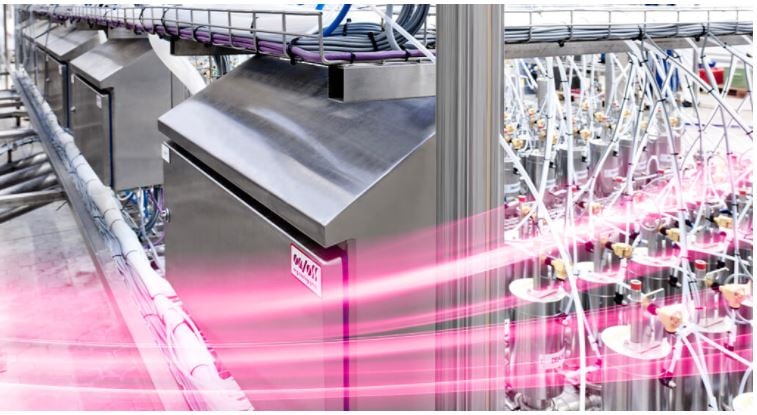By Rittal on Aug 21, 2020 2:08:00 AM
Worldwide regulations for Food & Beverage Enclosures have changed significantly over recent years. European legislation is at the forefront of these changes and is likely to be enforced in Australia over the next few years.
Whether you brew beer, run a bakery, process meat and dairy products or run your own vineyard, it's important to understand these advances in Food & Beverage Enclosures as they are likely to impact Australian businesses in the near future.
So what are the current European trends?
Reduced Cleaning Time
It is estimated that the average Cleaning-in-Place (CIP) process accounts for around 20% of the average company's time in the Food & Beverage industry. The Food and Beverage Enclosures of the future focus heavily on improving hygiene standards whilst also reducing wash-down time. Sanitation is crucial to all operations in the Food and Beverage industry but is particularly important for companies handling dairy, meat and poultry products due to cultures and other organisms' potential to contaminate products processed in the same line which can lead to food-borne illnesses. In order to prevent outbreaks like these, comprehensive cleaning processes and protocols must be adhered to. A lot of unnecessary time, resources and energy is spent on cleaning due to manufacturers not fully understanding how their CIP (clean-in-place) systems are performing. In order to ensure that they meet hygiene standards, they implement additional procedures which result in higher consumption of water, chemicals and energy that could be avoided. The Food and Beverage enclosures of the future will optimise cleaning time and focus on reducing the resources used in the process.
What Features Should I Look Out For?
Reducing cleaning time and increasing your hygiene standards is not as difficult as you might think. Here are some handy features to look out for that will help you comply with Global Hygiene Standards as well as increase productivity.
- No external cavity between the enclosure and the door
- Joint-free silicone sealing extending all around the enclosure
- Silicone sealing is a distinctive blue colour to distinguish it from foodstuffs
- Concealed hinges for a smooth, easy to clean surface
- Stainless steel locks
- Captive screws
- Stainless steel exterior and interior designed to resist corrosion from frequent wash-downs
- Roof angled forward at 30 degrees, causing fluid to drain rapidly and allowing easier inspection
For more information on the industry changes that are likely to affect your business in the next few years, download our E-book: Food and Beverage enclosures: What's the future?

